Moving can be a stressful affair. From sorting personal belongings to arranging for a home mover, there is seemingly no end to the myriad of tasks that have to be completed for a successful move.
What is more daunting, however, is the risk of damaging your new home during the process of moving in. Exposed surfaces, such as floors and walls, are constantly at risk of damage, especially when bulky items are being shifted around. We offer a couple of useful tips that will keep your new home safe from distressing moving accidents:
Wrap or pad items with sharp corners
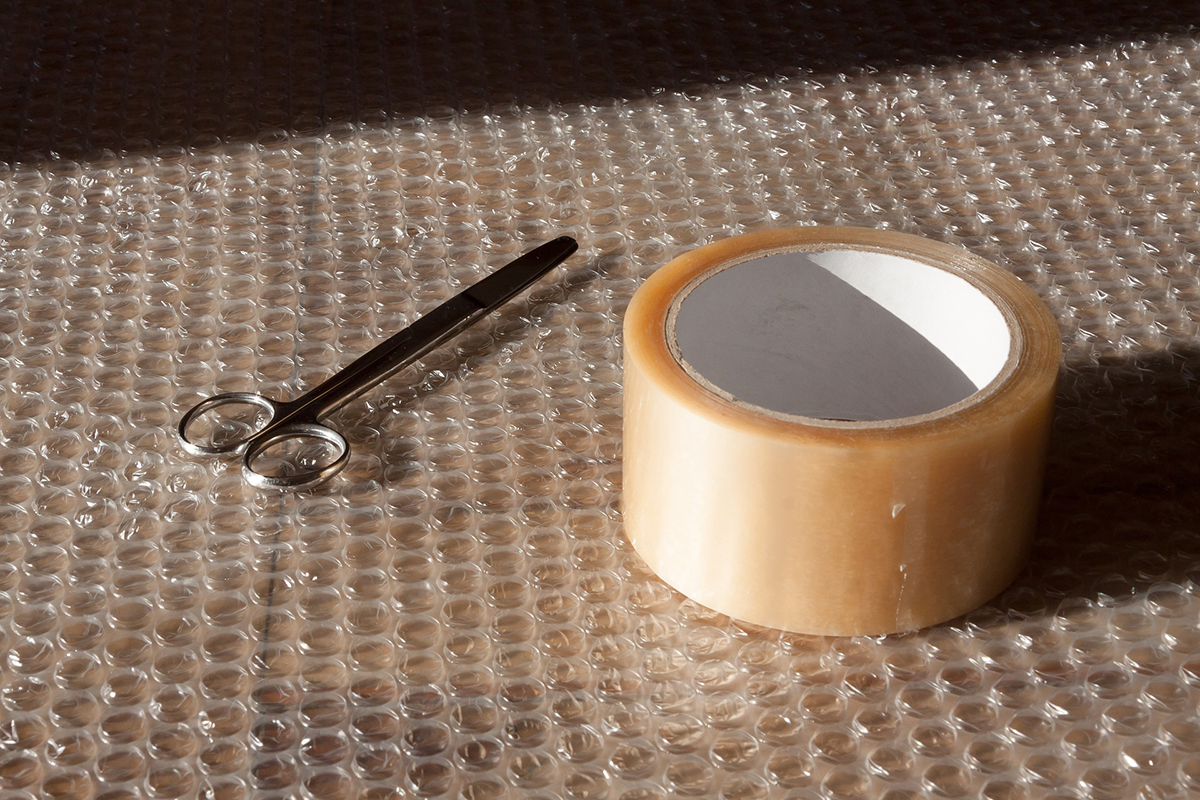
Pointed objects or any loose fittings with sharp edges are risky items to move into any new home, as any accidental slip-up can result in horrific consequences.
For instance, the pointed corners of a large table can wreak serious havoc when they rub against the walls of a tight corridor. Apart from padding surrounding walls with cardboard, packing bubble wrap around furniture edges is another effective solution to the problem posed by pieces with sharp angles, as it can serve as an effective corner guard.
Line your floor with protective materials
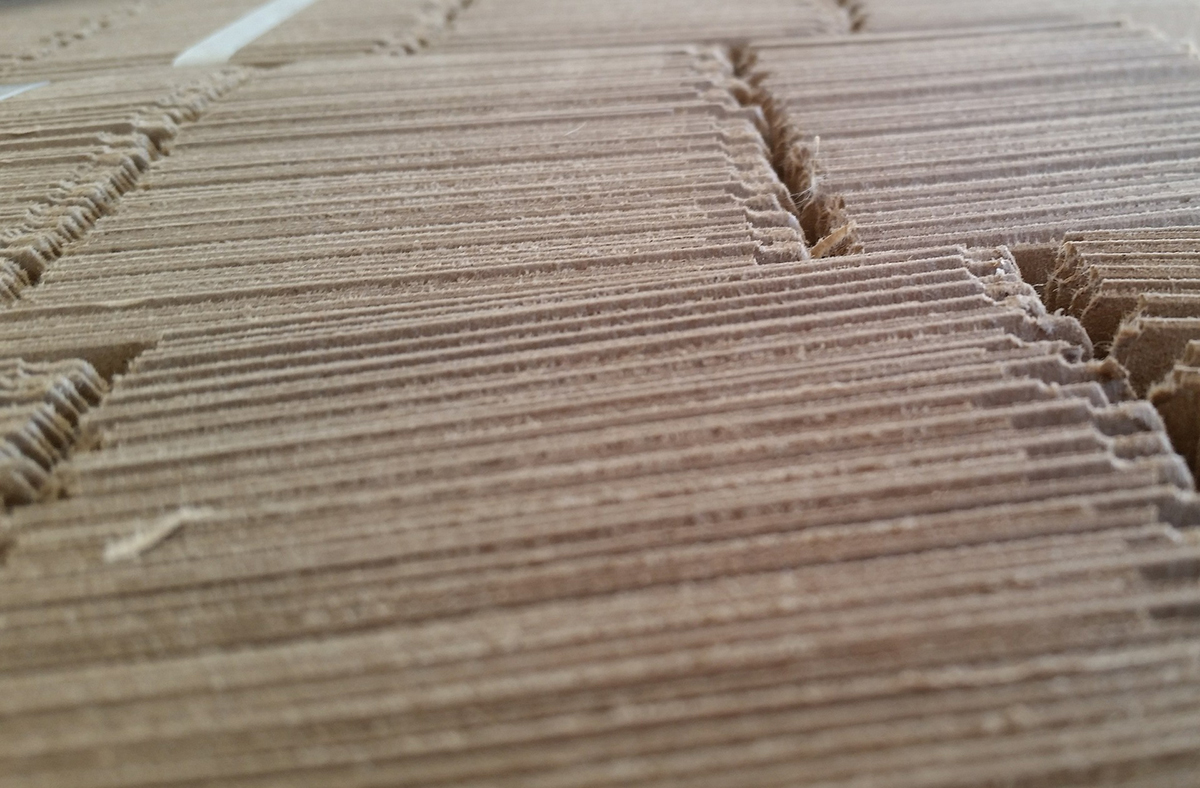
If you wish to keep the flooring of your new home pristine, laying out a protective layer is a safety measure that you should definitely consider taking prior to moving in.
Thick protective sheets of paper, plastic or cardboard are useful in preventing deep scratches and dents that can arise from the accidental release of heavy objects. In the event of a paint or chemical spill, having such protective coverings also guards against accidental discolouration – and more importantly, the hefty cost of replacing damaged floor tiles or layers.
Get indoor shoe covers (or don’t wear them in at all)
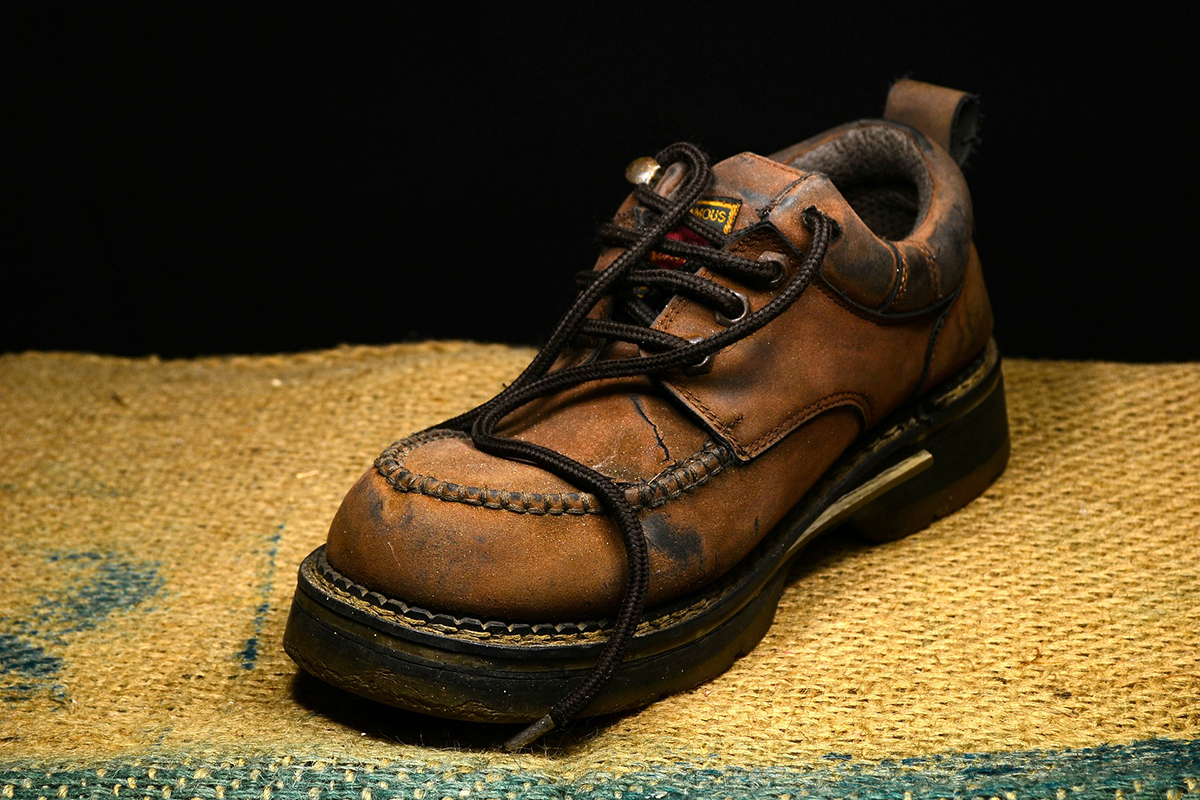
Moving heavy appliances and/or furniture is without doubt a strenuous, tiring and at times dangerous task. For this reason, you might feel inclined to put on protective footwear when moving items indoors. However, doing so also raises the chance of dirt and debris being tracked into your home.
An easy solution to this conundrum would be to use disposable indoors shoe covers. Likewise, entering barefoot should also be encouraged whenever possible, as it eliminates the risk of scratches posed by dirty or spiky footwear.
Label moving boxes and zones
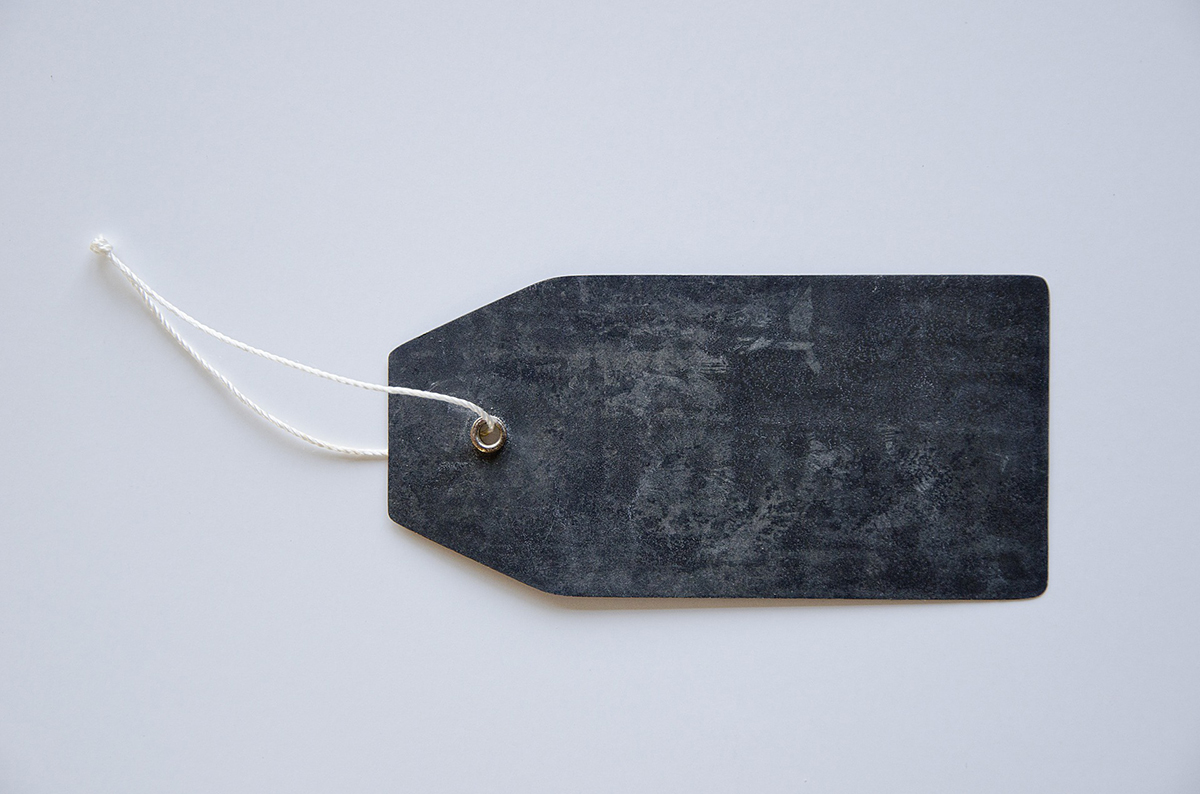
Moving into an apartment with narrow passageways or entrances can be a headache as these obstacles increase the challenge of shifting misplaced items, especially bulkier pieces such as televisions, tables or sofas.
In the event that overcoming space constraints is not an option, a viable solution is to simply minimise the movement of bulky items. Clearly-labelled boxes and rooms go a long way in accomplishing this, as they ensure that heavier items are promptly placed in the right location upon delivery.
Create clear instruction lists
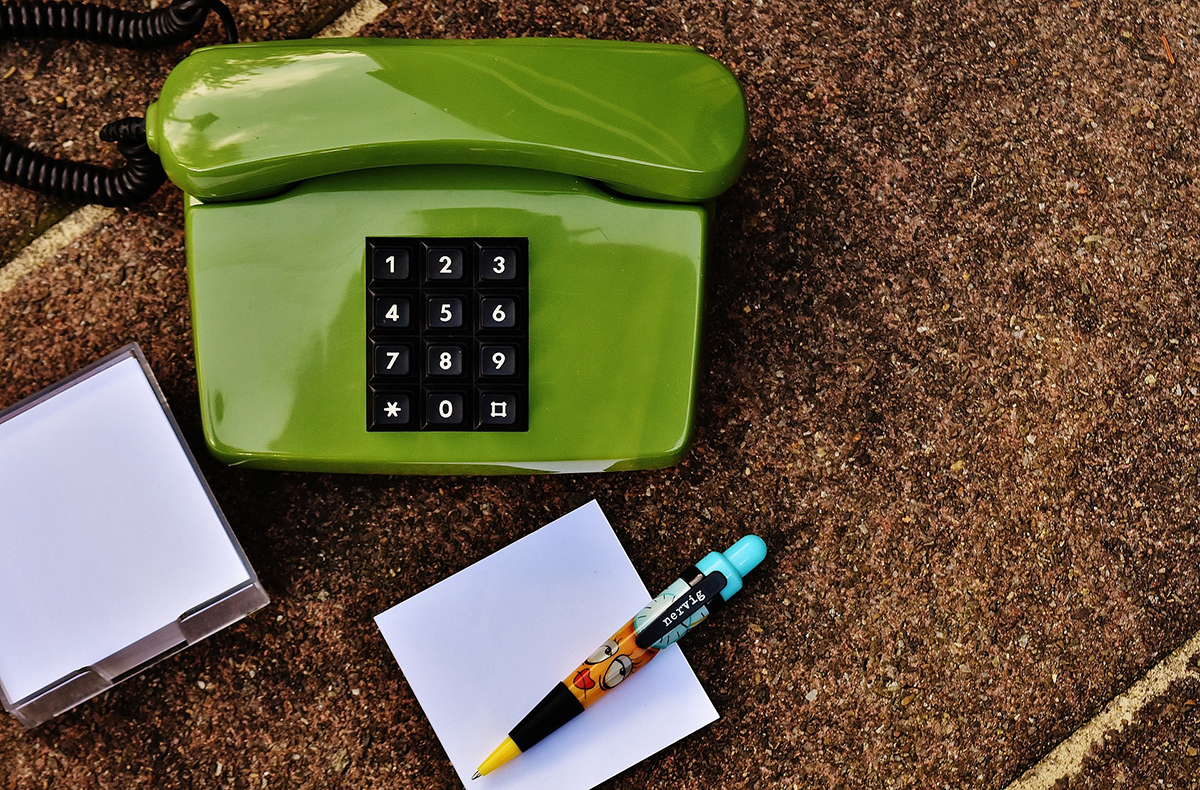
Given that moving can be a rather tedious affair – both physically and mentally – a set of written instructions is certainly helpful when it comes to keeping track of items or communicating essential knowledge to any helpers. Want to notify the movers about the freshly-painted walls in your master bedroom? Or that loose cabinet door? Clearly list down any potential hazards and pass them on to prevent any serious mishaps from occurring.
Pack your bags early
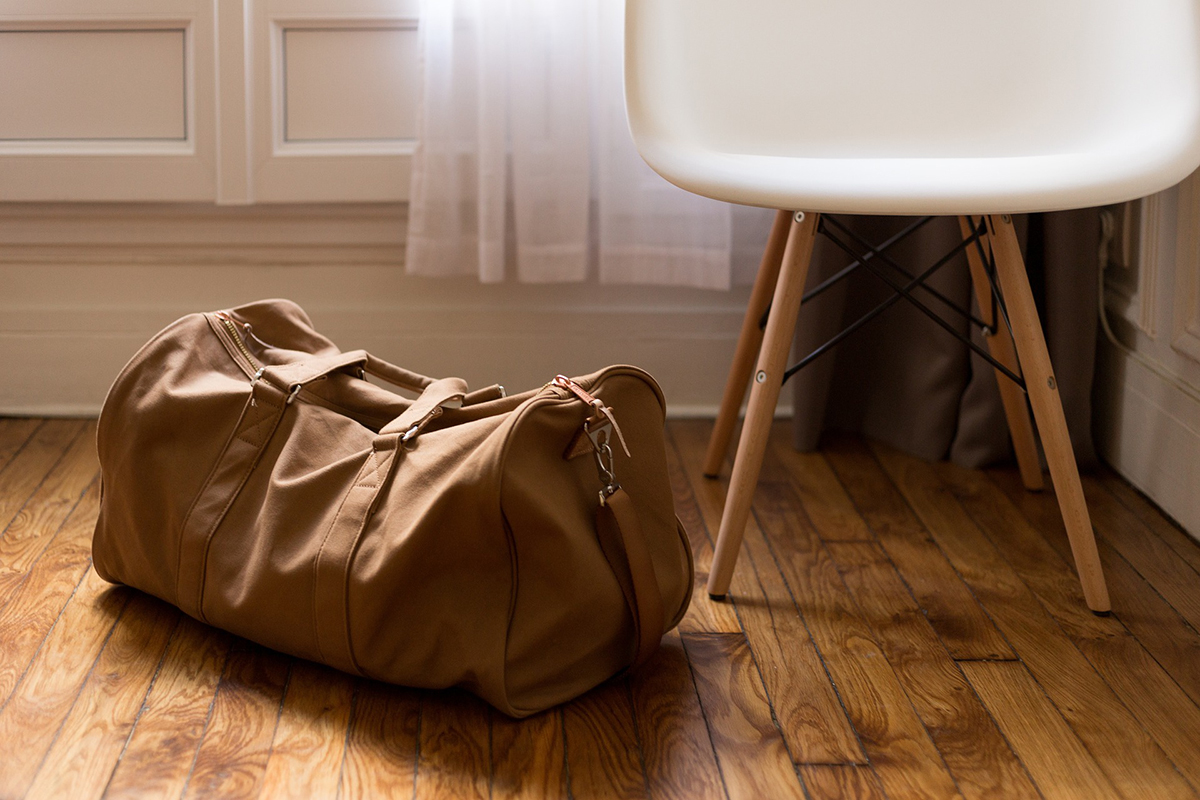
As the age-old adage goes, “preparation is the key to success”. Both adequate planning and solid groundwork are essential components of an accident-free move. Highlight any foreseeable obstacles regardless of their perceived complexity and take the appropriate protective measures (such as those mentioned above) to guard against potential errors.
After all, there is no detail small enough to be skipped, only mistakes to be made – so be sure to lay down the groundwork prior to the big move!



